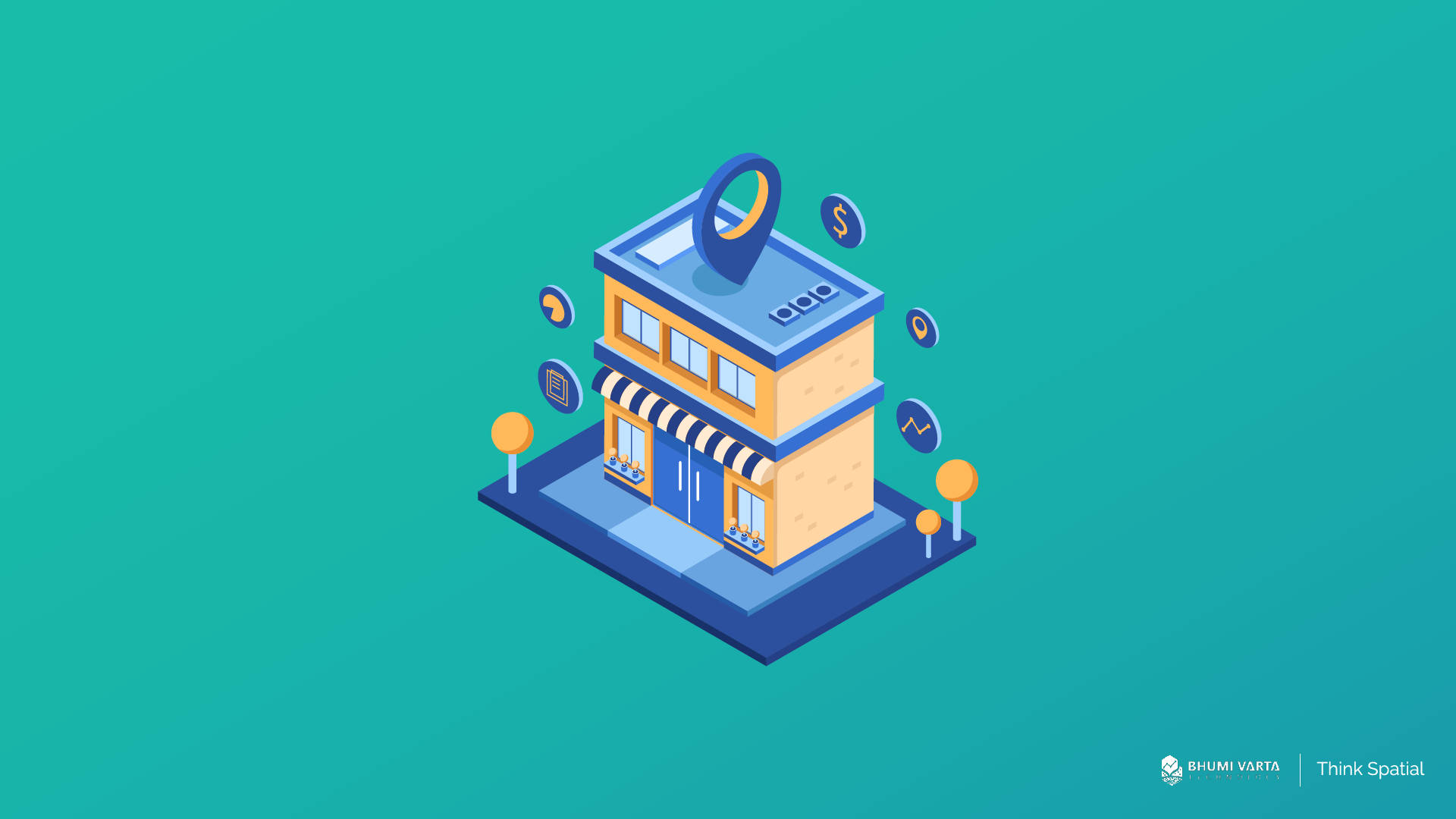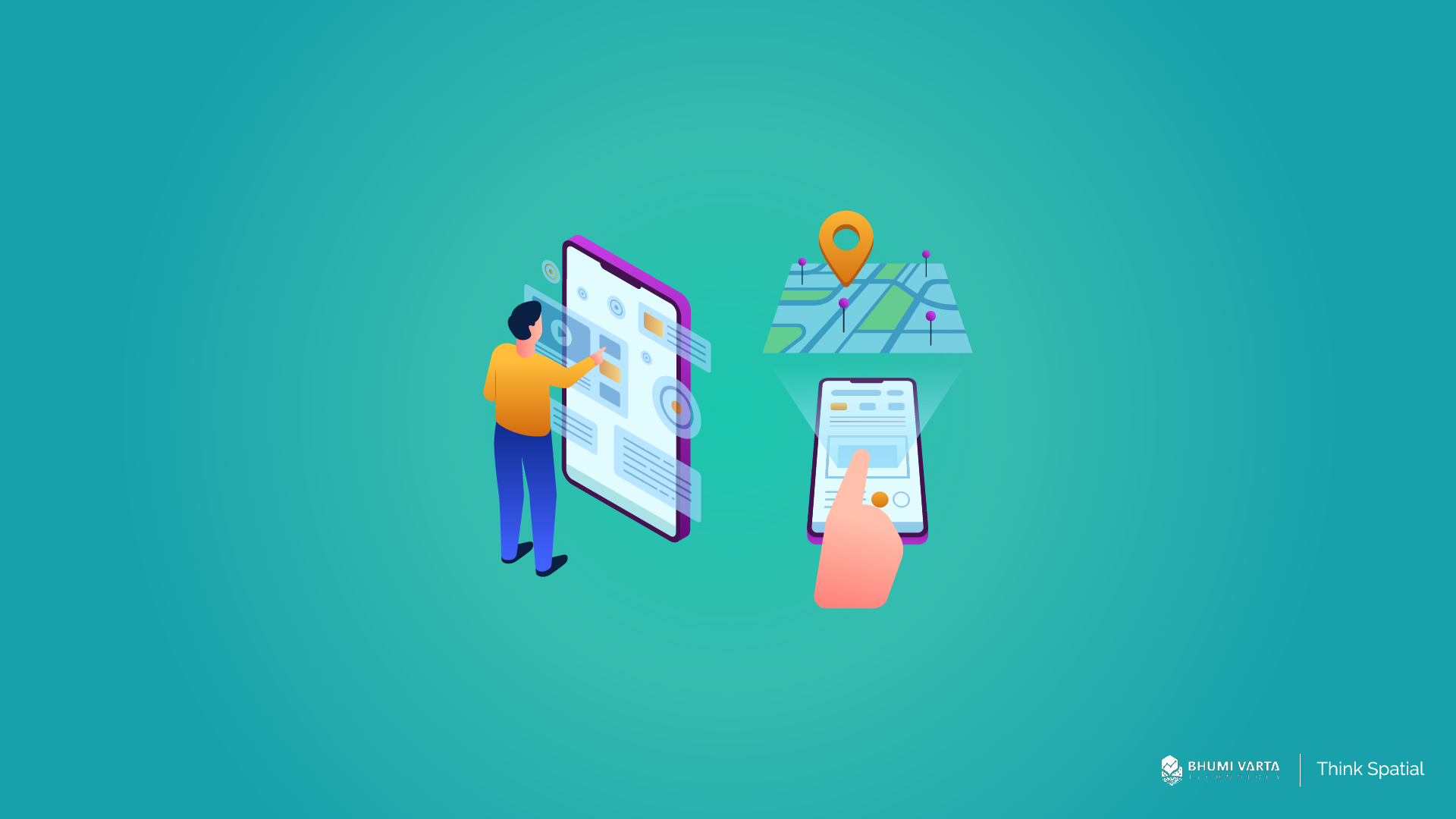When choosing a spot for your business, there are a few key things to think about. First up, do the people in the area match your target market? And what about foot traffic? The busier the area, the better your chances of drawing in customers.
In this article, we’ll dive into all the factors you should consider before settling on the perfect business location.
Contents
Local Demographics
When choosing a location for your business, it’s important to check out the area’s demographics. You want to make sure the people around fit your target market.
Say you’re planning to open an Italian restaurant aimed at people over 20 with a middle to upper income. Your first move should be to find a location where those types of customers actually live. Opening up in an area that doesn’t match your audience, or only has a few people in your target market, can make it tough to get customers and could lead to losses.
That’s why understanding the local demographics is key, it helps you avoid unnecessary risks and gives your business the best shot at success
Foot Traffic Volume
Another key factor to consider when picking a location is foot traffic—basically, how many people are walking by. This is super important for retail and F&B businesses because more foot traffic often means more customers.
After finding a spot with the right demographic, the next step is checking if it has good foot traffic. If it doesn’t, it might be worth looking elsewhere. Without enough foot traffic, it’s hard to attract customers, which could lead to losses. So, choosing a busy spot can make all the difference in helping your business bring in revenue and profits.
Location Accessibility
Accessibility refers to how easy it is to reach a place—whether by public transport like buses, private vehicles like cars and motorbikes, or just walking.
In business, good accessibility means everyone involved—employees, customers, and suppliers—can get to the location without any hassle.
For instance, if a business opens a restaurant in a shopping mall, it’s usually accessible. Malls are typically in prime spots with easy access to both public and private transportation, so there’s a great chance to attract more customers.
Proximity to Other Businesses
Businesses should also think about how close they are to other businesses nearby. Being near other spots with high foot traffic can be a real advantage.
For instance, if you open a food business in a busy downtown area, you can benefit from the foot traffic of office workers nearby. This way, your business has a better chance of attracting more customers and boosting sales.
Competition Level
One last thing to consider when choosing a business location is the level of competition in the area. It’s important to do your research and find out how many competitors are already around, who they are, and where they’re located.
If the area has a lot of competition, it can be tough for new businesses to make a mark. A crowded market makes it harder to stand out and attract customers.
On the flip side, picking a location with fewer competitors gives you more room to grow and can make it easier to bring in new customers.
Get the Best Place for Business Locations with LOKASI Intelligence
LOKASI Intelligence is a geospatial platform that integrates location intelligence and location data to make it easier for businesses to find the best location to set up shop.
With LOKASI, you’ll get recommendations for locations that match your target market. You can dive deeper into each suggestion to analyze things like foot traffic, accessibility, and competition.
This way, you can get a clear picture of the pros and cons of each place. After doing a thorough analysis, you’ll be able to pick the perfect spot with the most growth potential.
Want to learn more? Get in touch with us at [email protected] or on WhatsApp at 087779077750.
FAQ
What factors should you consider when picking a business location?
When choosing a business location, you should think about things like foot traffic (how busy the area is), accessibility (how easy it is to get there), visibility (how visible your business is), the distance to other businesses, and how many competitors are around.
What are the 4 factors in analyzing market locations?
The four key factors to consider are foot traffic – how many people pass by the area, accessibility – how easy it is to reach by car or public transport, visibility – how easy it is for people to see your location, competitors – how many other businesses are in the area.
What are the main criteria for choosing a location for a service business?
For a service business, the main things to look for are high foot traffic, good accessibility and visibility, and low competition in the area.



